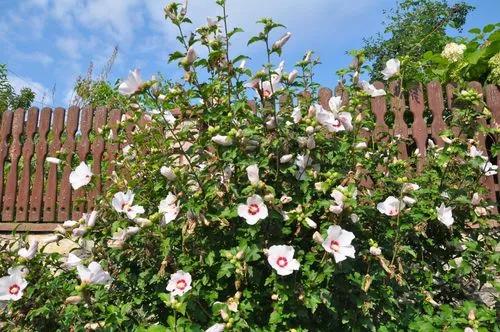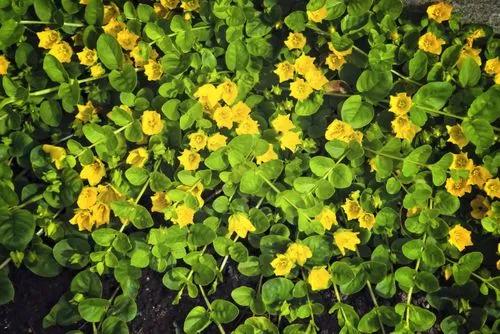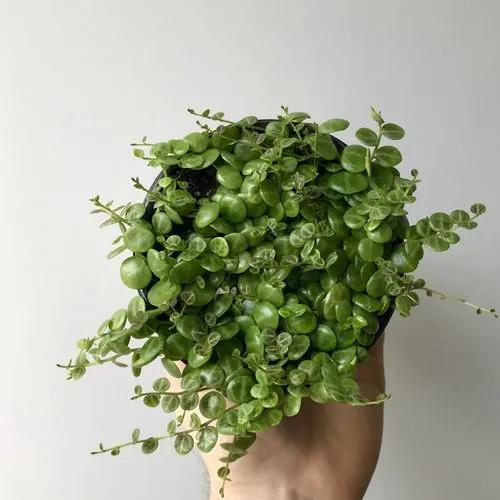Flame Violets are stunning vining houseplants commonly grown for their beautiful textured leaves. Still, another wonderful asset of these plants is their lovely little blooms that can appear in Spring and Summer.
These plants are surprisingly easy to grow and can be a lovely addition to anyone’s home. Let them trail off high shelves or cabinets, or allow them to trellis along your walls and ceiling!
The Flame Violet belongs to the family of Gesneriaceae and is a relative of the African Violet. These plants share visual similarities but have the same overall care requirements. But be warned; the Flame Violet is known to be hard to please!
The Flame Violet grows in the wild in the tropical regions of Venezuela, Brazil, and Colombia. Here, it crawls under the canopy of larger trees and acts as a ground cover. Its growth pattern is similar to spider plants and strawberries; it produces long runners with plantlets to reproduce!
After its introduction to Europe in the 19th century, the plant has been hybridized into many varieties available worldwide.










